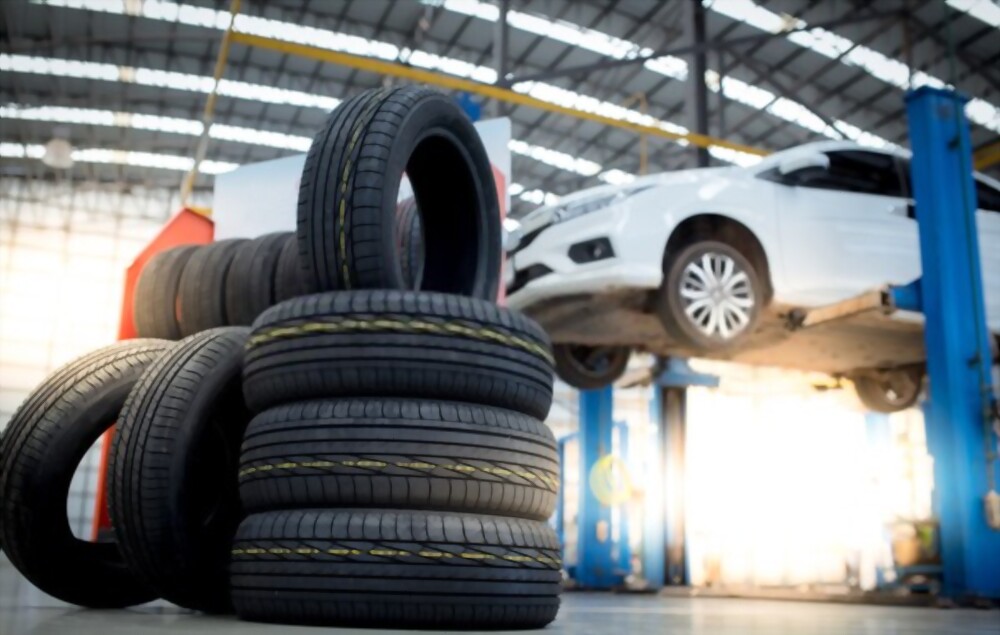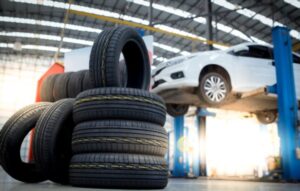Pros and Cons of Tire Foam Fill and Air Fill: Making the Right Choice for Your Tires
Choosing between tire foam fill and air fill for your tires is a decision that directly impacts the performance and longevity of your vehicle. Both options have their own set of advantages and drawbacks, so it’s crucial to understand the pros and cons of each before making a final decision. In this article, we will delve into the details, helping you make an informed choice that will maximize the value of your investment.
1. Tire Foam Fill: The Ultimate Solution for Tire Maintenance
Tire foam fill is gaining popularity among vehicle owners due to its remarkable ability to eliminate flat tires and reduce punctures. This innovative technology involves injecting a specialized foam compound into your tires, essentially transforming them into solid, puncture-proof versions. The benefits of tire foam fill are substantial, providing peace of mind and enabling smoother rides in rough terrains.
The most notable advantage of tire foam fill is its incredible resistance to punctures. By converting your tires into solid units, the foam fill eliminates the need for air pressure, rendering punctures virtually nonexistent. This translates into enhanced safety, especially for vehicles that frequently traverse rocky or debris-infested areas. Additionally, tire foam fill drastically reduces the risk of flat tires, saving you from the inconvenience of having to change a tire in the middle of nowhere.
However, it is necessary to consider a few cons before opting for tire foam fill. One major drawback is the increased weight it adds to your tires, which may affect fuel efficiency and handling. Moreover, tire foam fill requires professional installation and eliminates the possibility of tire pressure adjustment. This means that fine-tuning tire pressure for different surfaces or weather conditions may not be possible. Despite these drawbacks, tire foam fill remains an excellent choice for those seeking ultimate puncture resistance and peace of mind on challenging terrains.
2. Air Fill: The Classic Option with Versatility and Ease
Air fill has long been the standard choice for tire inflation, and it offers several advantages that make it a popular option for everyday drivers. It provides a well-balanced ride, ensuring optimal traction and handling. Unlike solid foam fill, air fill allows for easy adjustments in tire pressure, enabling customization for different driving conditions such as wet roads or off-road adventures.
One of the key benefits of air fill is its lightweight nature, which positively impacts fuel efficiency and handling. Vehicles equipped with air-filled tires typically offer smoother rides, thanks to their ability to absorb vibrations and shocks. Moreover, air fill is widely available, ensuring that you can easily find a nearby service station or gas station to add air whenever necessary.
However, air fill does come with a few drawbacks that should not be ignored. The most significant downside is the inherent vulnerability of air-filled tires to punctures and flats. While advances in tire technology have made them more resistant than ever, there is always a risk of encountering a road hazard that can lead to a flat. Additionally, frequent fluctuations in temperature can affect tire pressure, necessitating regular checks and adjustments.
In conclusion, choosing between tire foam fill and air fill depends on your specific needs and priorities. If you frequently drive in rugged terrains or prioritize puncture resistance and durability, tire foam fill is an excellent option. On the other hand, for everyday driving with the flexibility to adjust tire pressure and easy maintenance, air fill remains a reliable and versatile choice. Ultimately, consider factors such as driving conditions, terrain, and the level of convenience you seek, and make an informed decision that suits your preferences, ensuring the optimal performance and safety of your vehicle.


